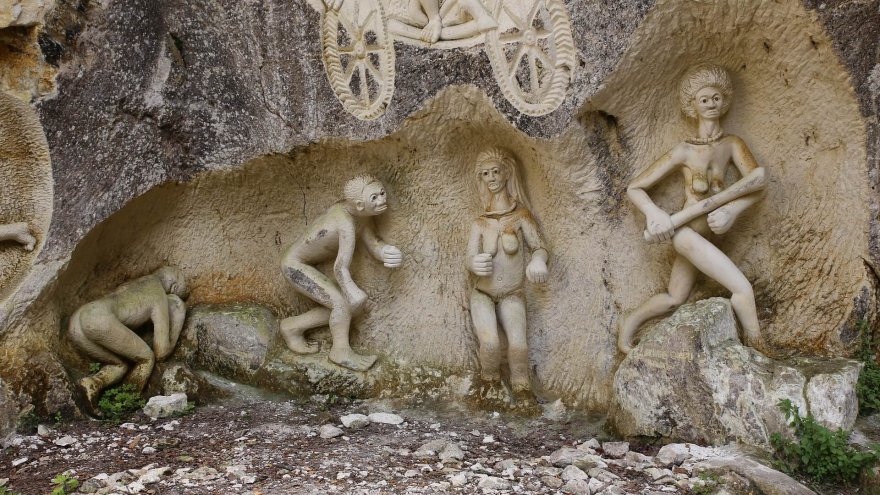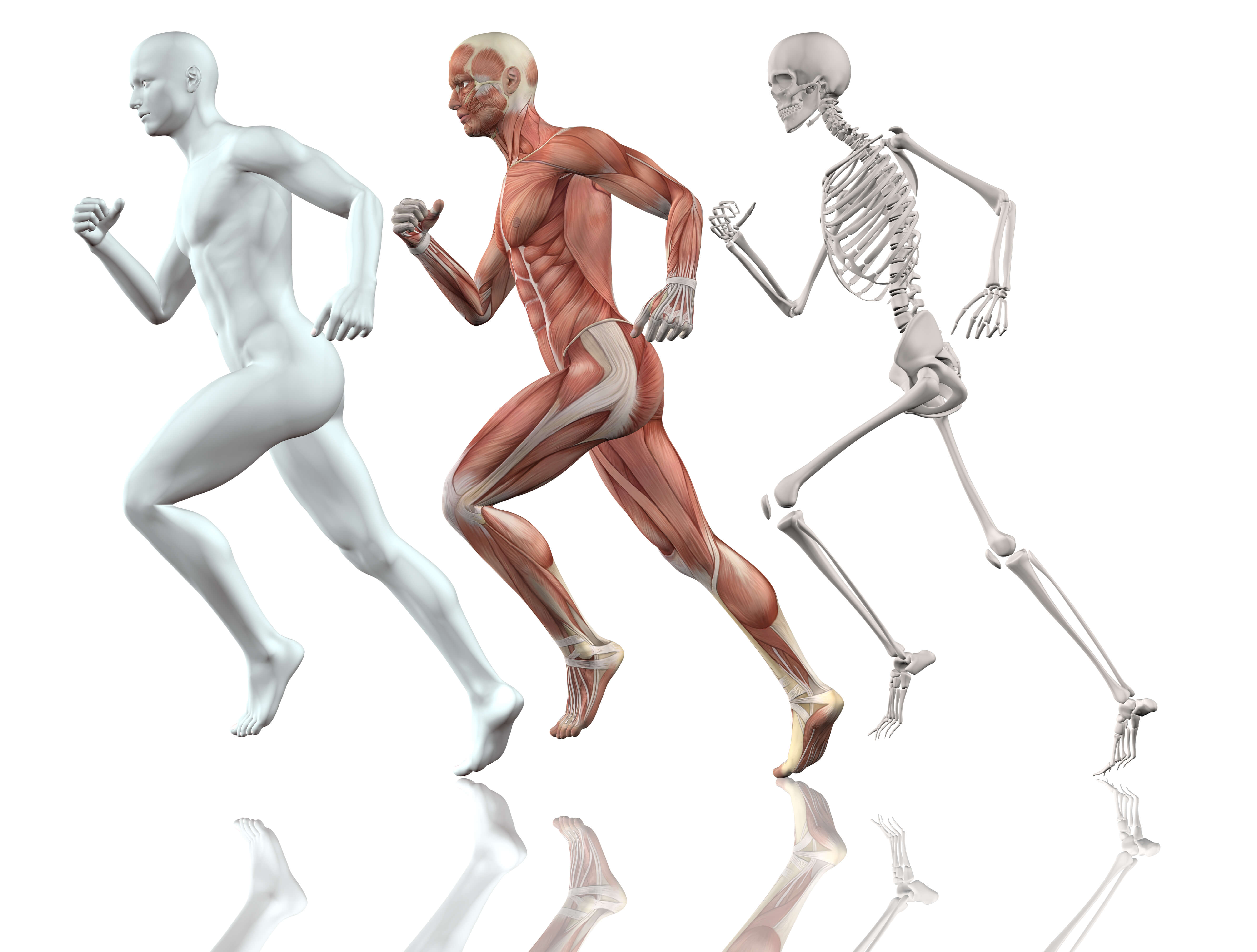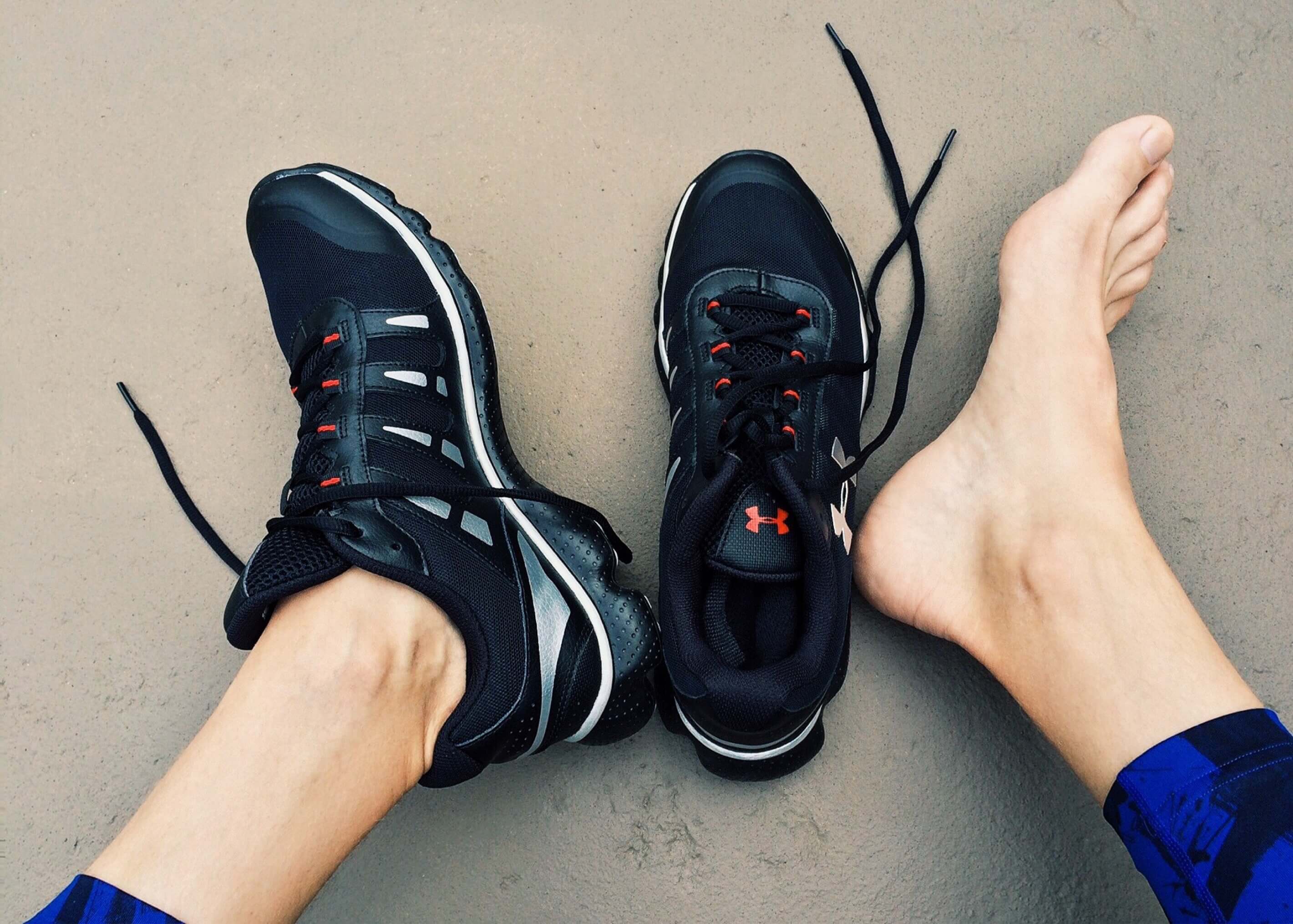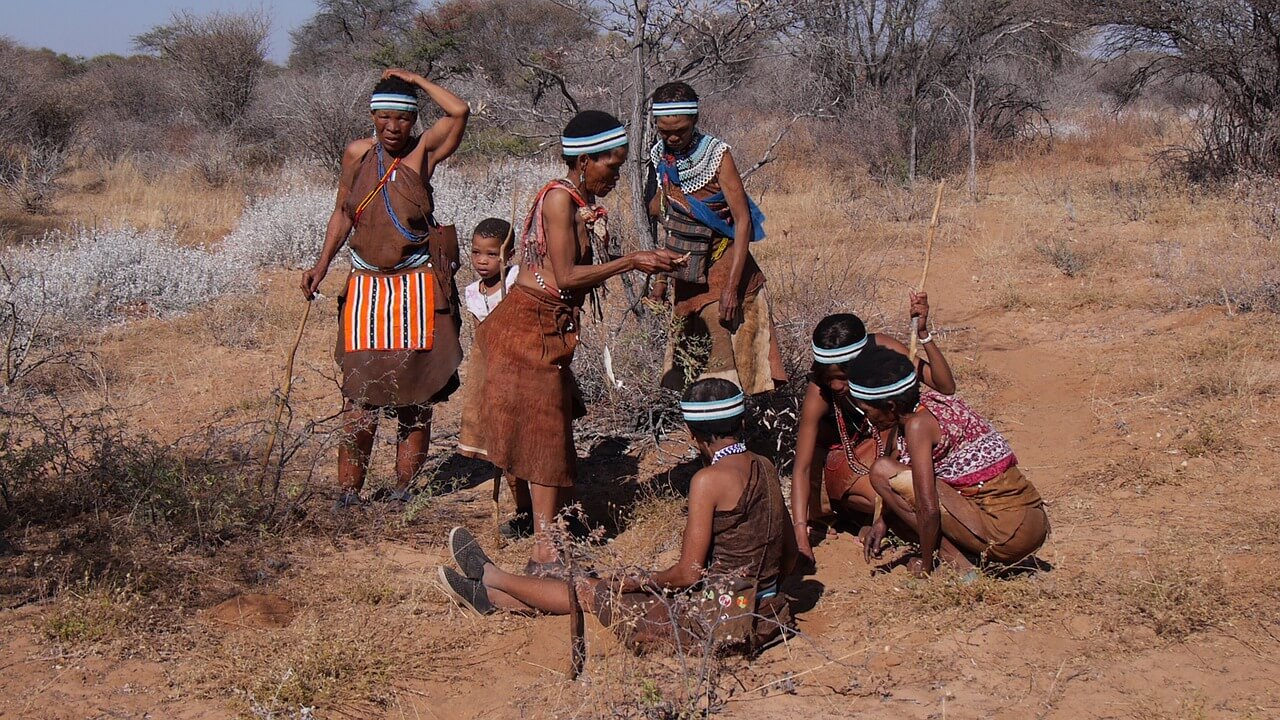Why Yes, “Baby”, We Were All “Born to Run”

The next time someone tells you that he is “not a runner”, you can tell him respectfully that he must then not be human. Bruce Springsteen was indeed onto something with his 1975 hit song, “Born to Run,” whether he knew it or not. So in 2009 Christopher McDougall took the same title and ran with it in his popular autobiographical account of running with the Tarahumara Indians of Mexico. The book, a melange of the science behind running with a glimpse into different cultures and philosophies of running, remained on the New York Times bestseller list for more than four years. In his book McDougall poses a few questions regarding the human species’ ability to run. We followed up on the research and at this time we can concur with what we suspected all along:
“We run, therefore we are”
In a revolutionary article published in 2014 in the scientific magazine Nature, Professors Bramble and Lieberman from Utah and Harvard Universities, describe how early hominids outlived other similar evolutionary forms directly as a result of our ability to run long distances. They hypothesized that the strong natural selection for running, which came at the expense for the ability to live in trees, is the reason why the human body looks like it does today.
“Running has substantially shaped human evolution. Running made us human – at least in an anatomical sense. We think running is one of the most transforming events in human history,” stated Bramble, a professor in biology.

Why Did Humans Start Running?
A few hypotheses exists as to why early hominids started running. After they developed a taste for meat, it is suggested that our ancestors focused either on scavenging or persistent hunting as a means to secure this valuable food source.
In the scavenger hypothesis it is argued that the hominids had to outcompete hyenas and lions for caracasses. The hominids would have the advantage over their nocturnal competition in that they could spot a flock of circling vultures from afar. And even more if they could expedite their advancement through running.
The persistence hunting hypothesis is somewhat favored. It states that, although humans are poor sprinters, our adaptations for endurance running exceeds almost every other animal on earth. Instead of killing our prey with brute strength like Neanderthals, our runner ancestors ran its prey down until it dropped down from exhaustion and finishing it off was easy.
Science initially suggested that our bipedalism (moving on two legs) favored walking. In their study of early hominids, Bramble and Lieberman hypothesized differently. They examined 26 human traits that enhance our ability to run, with only some needed for walking too.
How Were We Born To Run?
The human adaptations that favor endurance running can be grouped according to their function during running.

Thermoregulation Adaptations
Humans, modern and early, are the only animals that can sweat across our entire bodies to aid cooling. Our hairlessness and tall, upright bodies are also linked to this thermoregulatory ability that allows us to run in the middle of a hot day and not overheat.
Stabilization Adaptations
Bramble and Lieberman identified five human adaptations that specifically relates to stabilization during running, while an additional two stabilization adaptations also aids walking.
Adaptations include:
- Enlarged semicircular canals, the three fluid-filled bony channels in the inner ear that provide the brain with information about orientation and thus aid balance.
- Nuchal ligament to stabilize the head. Unlike in Australopithcines, early humans had a decoupled head and shoulders, allowing the head to remain forward facing while the body is rotating, such as during running.
- A short snout, smaller teeth and flat face aids in head stabilization.
- Greatly enlarged gluteus maximus compared to any other hominids. The glutes stabilizes the trunk during running, while walking on level surfaces does not require them.
- Short toes.

Stress Reduction and Shock Absorption Adaptations
During endurance running, the impact force on the body can reach up to three or four times the body weight. Specific adaptations allowed the human skeleton to be able to absorb the impacts of running, such as:
- Enlarged vertebrae and disks aids in shock absorption.
- Increased joint surfaces relative to body mass spread force over larger surface areas.
- Enlarged iliac pillar and stabilized sacroiliac joint, which couples the pelvis to the spine, provides more stability and shock absorption during running.
- An enlarged tuber calcaneus (heel bone) for better shock absorption.
Other Skeletal Adaptations
Other adaptations that distinguish humans from other non-running hominids include:
- Shorter arms and decreased upper body mass aids in stabilizing the upper body during running.
- Longer legs for increased stride length, but with a with a distal reduction in size (the leg thins at the ankles) to decrease the metabolic cost of endurance running.
- Long Achilles tendon aids energy storage during running by acting like a spring.

In a Nutshell
If the hypothesis of persistence hunting holds true, did we somehow lose the ability to outrun most other animals? Definitely not yet. Some tribes such as the last few nomadic San (Bushman) peoples of the Kalahari still practice persistence hunting. Although they have taken to using bow and arrow now, the San still tracks and pursues an animal for days.
Luckily (or not?) the rest of us don’t need to run down our prey any longer. But we are denying the very origin of our human existence if we succumb to the ills of our modern-day lifestyle. We were not born to sit. We were born to run.
Sources
- , Endurance running and the evolution of Homo. In: Nature (432) 345–352, Scientific Article
- , How Running Made Us Human., Online Publication
- , Endurance running hypothesis. In: Wikipedia, the free encyclopedia., Online Publication
Latest Articles
 Is Running on a Treadmill Easier Than Running Outside?Runners have their own preferences, whether it is treadmill running, running outside on the road, or exploring trails. So...
Is Running on a Treadmill Easier Than Running Outside?Runners have their own preferences, whether it is treadmill running, running outside on the road, or exploring trails. So... Is It OK to Use Trail Running Shoes on the Road?While trail running shoes can be used on roads, especially in situations where a runner encounters mixed terrains or pref...
Is It OK to Use Trail Running Shoes on the Road?While trail running shoes can be used on roads, especially in situations where a runner encounters mixed terrains or pref... How to Fix Sore Quads After Running?Rest, ice, gentle stretching, and over-the-counter pain relievers can help soothe sore quads after running. Also, ensure ...
How to Fix Sore Quads After Running?Rest, ice, gentle stretching, and over-the-counter pain relievers can help soothe sore quads after running. Also, ensure ... 10 Fruits With The Most Electrolytes to Replace Sports DrinksThese fruits are high in electrolytes such as potassium, magnesium, and calcium, essential for hydration, muscle function...
10 Fruits With The Most Electrolytes to Replace Sports DrinksThese fruits are high in electrolytes such as potassium, magnesium, and calcium, essential for hydration, muscle function...

